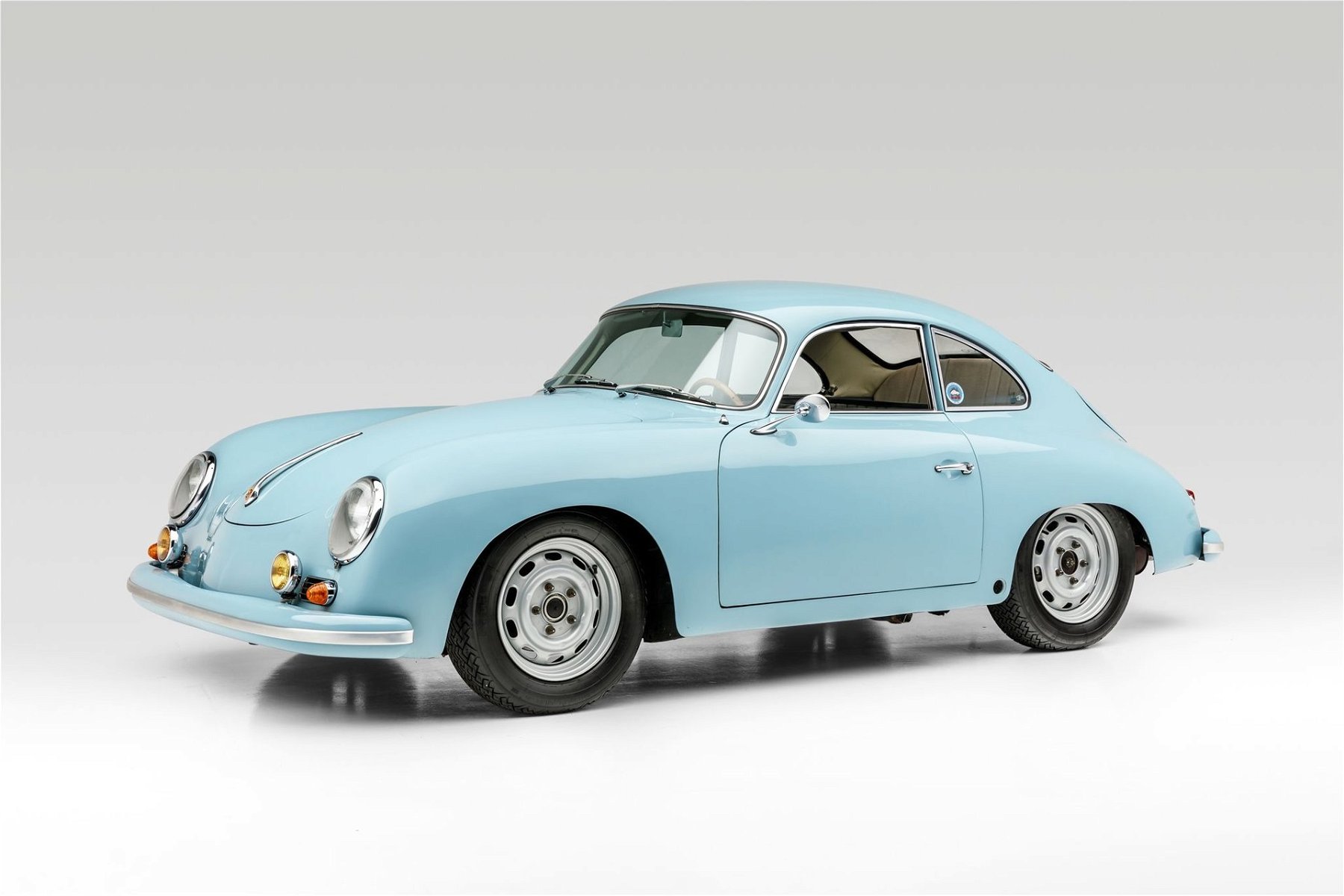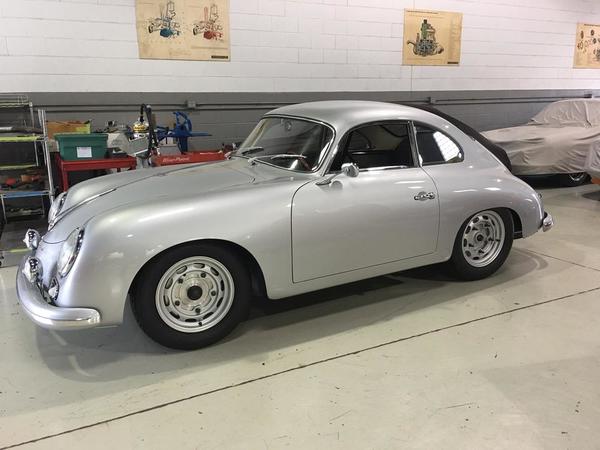Greetings,
I have Nankang radials on my car. I told the man who cares for my Speedster that she wants to slide (more like the rear end wants to slip) on sharp corners much above 40 mph. Also, that she dodges a little left and right on straightaways starting around 60 or 65. But the corners are the real issue.
For what it's worth, I don't drive much above 65 mph but I do like to take turns fast at lower speeds, off ramps and the like. A drive down a snaking, curvy road much above 40 mph feels like about the limit for the car.
Some completed work on the car that may be relevant? The steering box did leak when purchased and was fixed/adjusted as was the steering dampener which was replaced. Besides these, I'm told that the front and rear end are in excellent shape as are my shocks.
Questions. Is this level of stability about what I should expect from a 72 pan 1600 cc CMC Speedster that hasn't had any changes to its suspension?
Would adding a more high performance tire like a Vredistien improve the cars handling or is this akin to putting lipstick on a pig?
What about a higher performance shock? Without other changes to the suspension, is this a waste of time?
Thanks in advance for any advice,
Marshall





